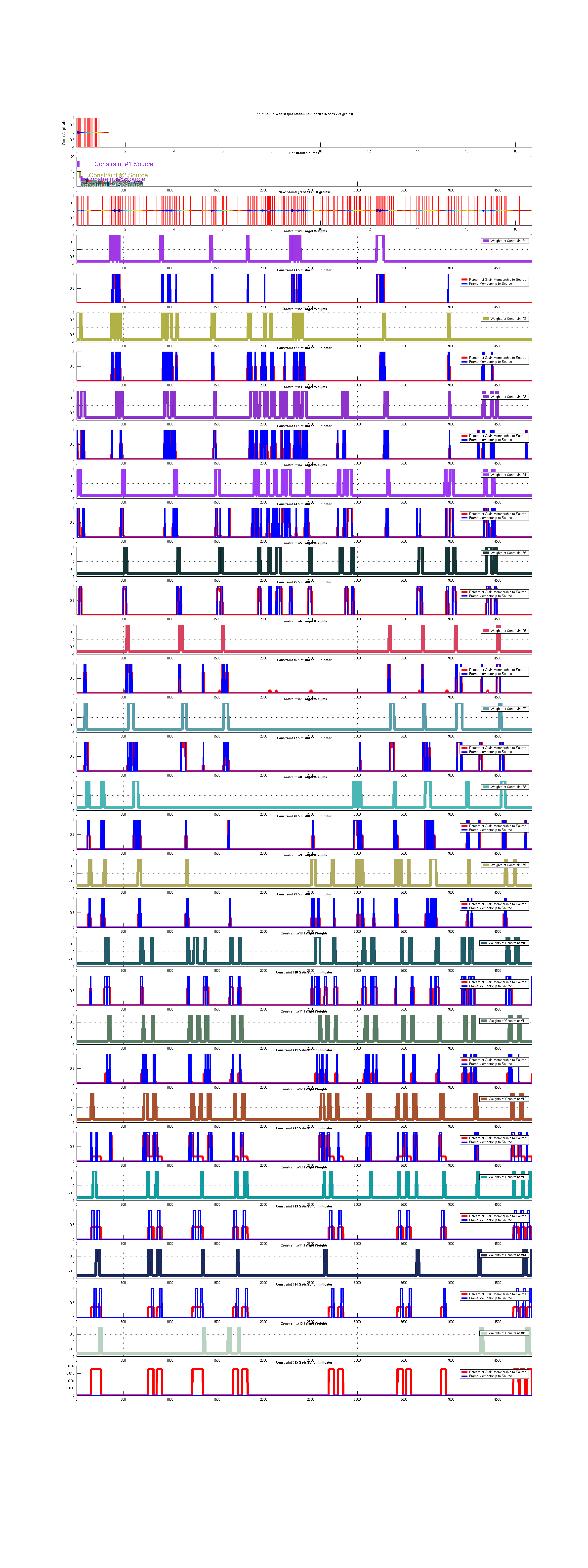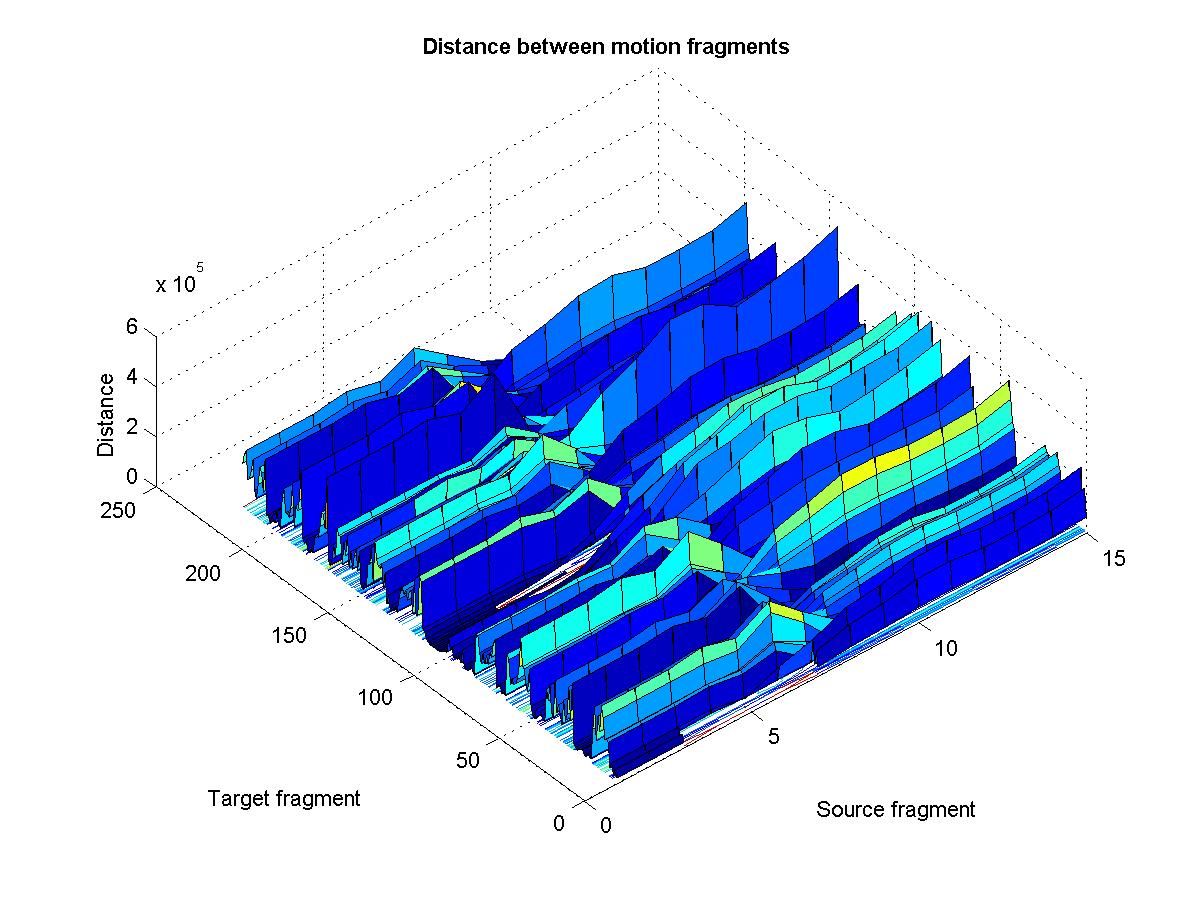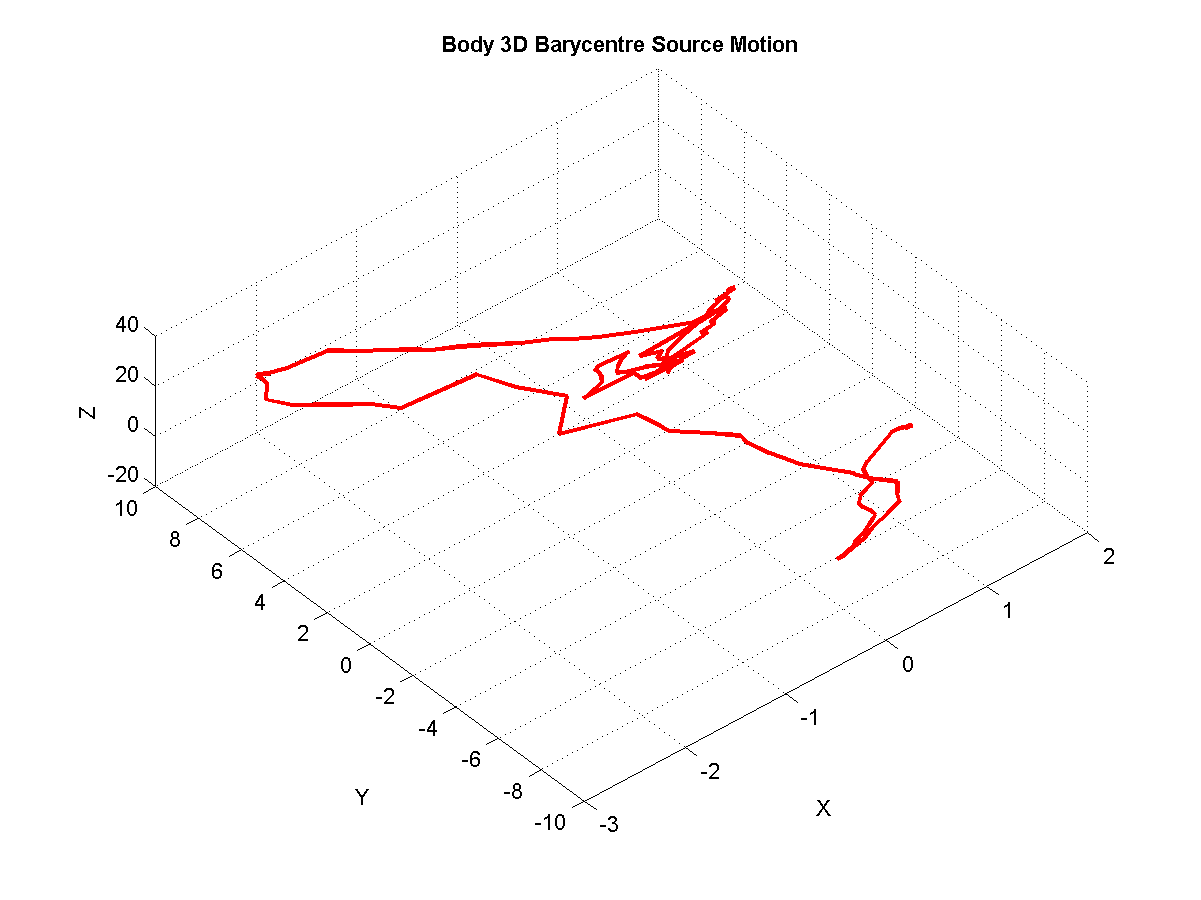
Description
Source Motion with Sound
A standing-up motion with recording of my voice describing motion.
Target Motion
A series of standing-up motions spliced together (no blending).
Synthesis Constraints
Automatically defined by motion matching algorithm.
Comments
To see if the audio constraint assignment algorithm could deal with similar standing motions, we pasted together a series of standing-up motions. So given a single standing-up motion soundtrack, we want to synthesize the soundtrack for a series of different standing-up motions. The synthesized soundtrack generally behaves the same for similar target motions as in the source example.
See for this example algorithm details.
|
Self-Similarity Synthesis
|
Source Motion with Sound

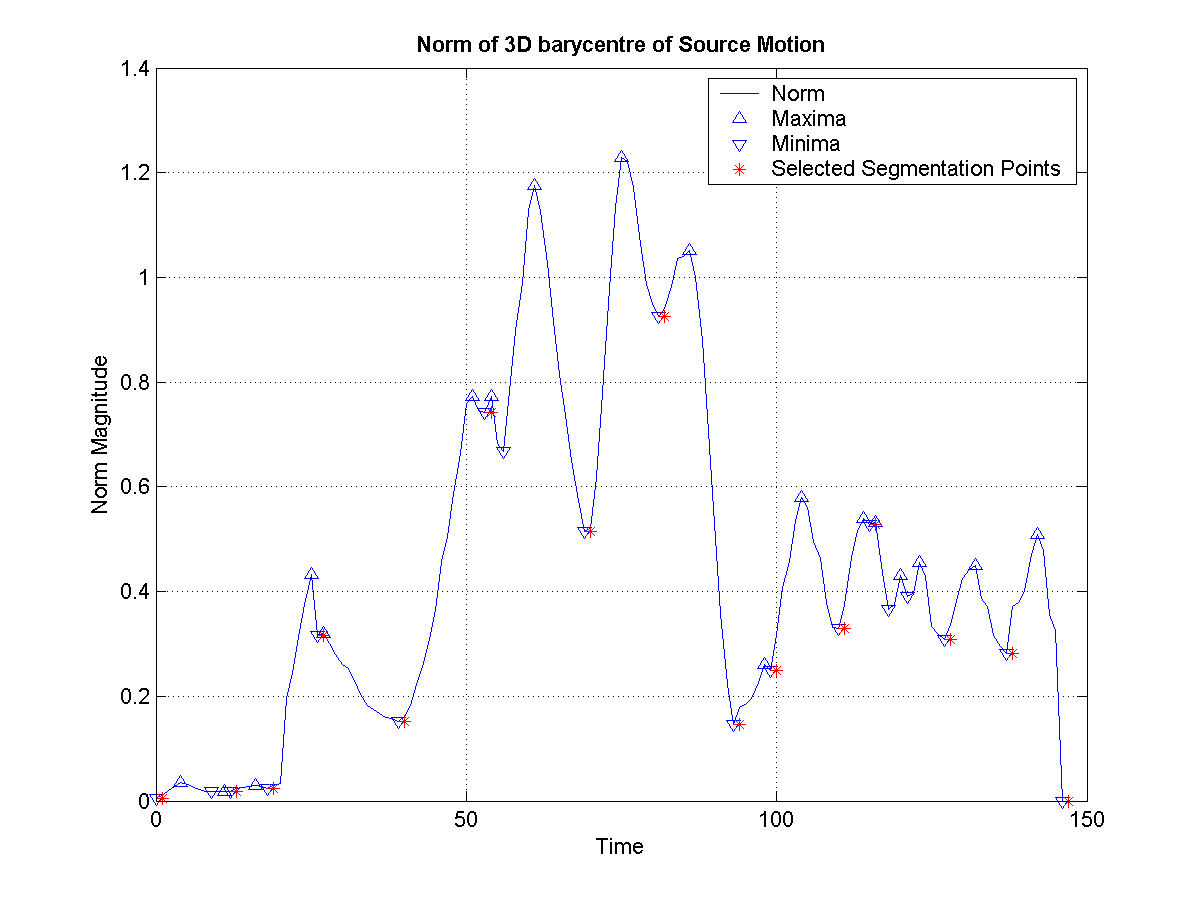
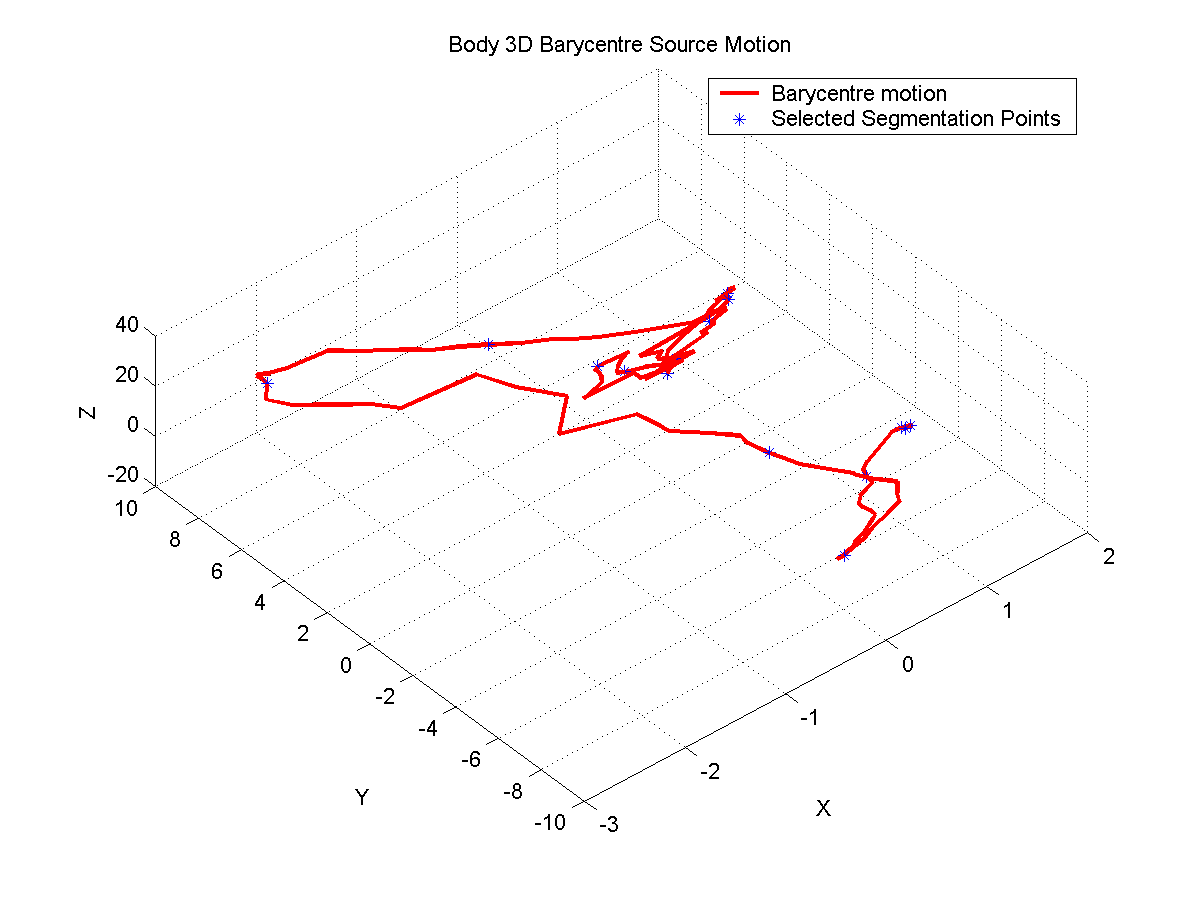
Target Motion
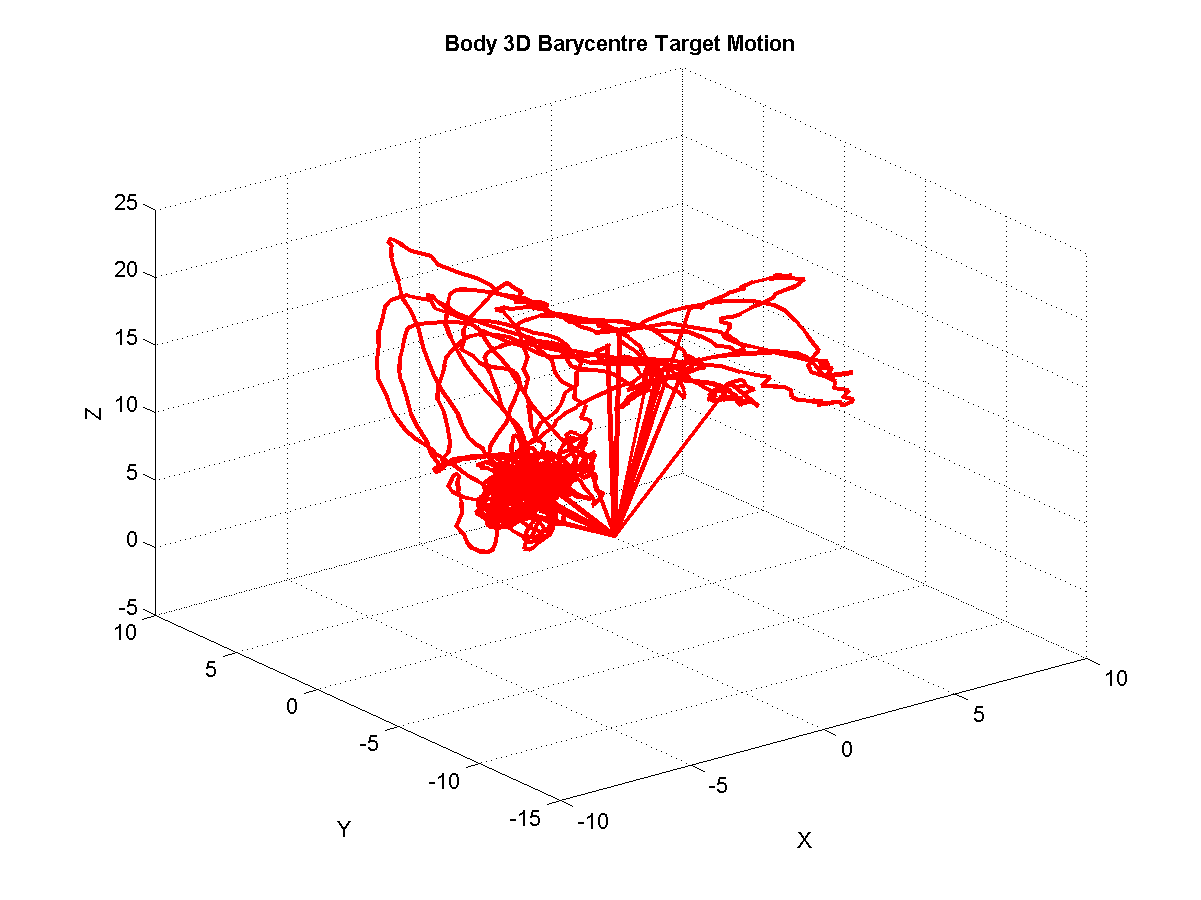
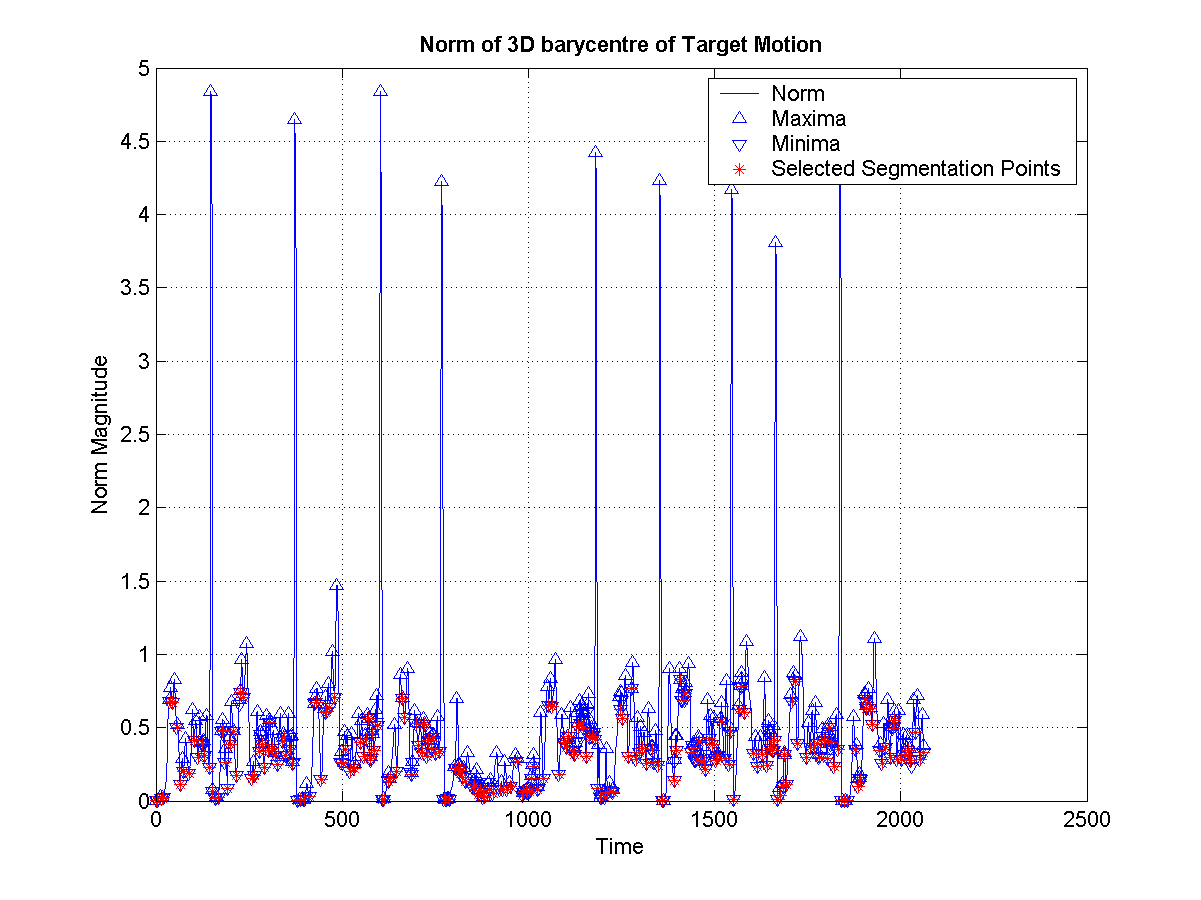
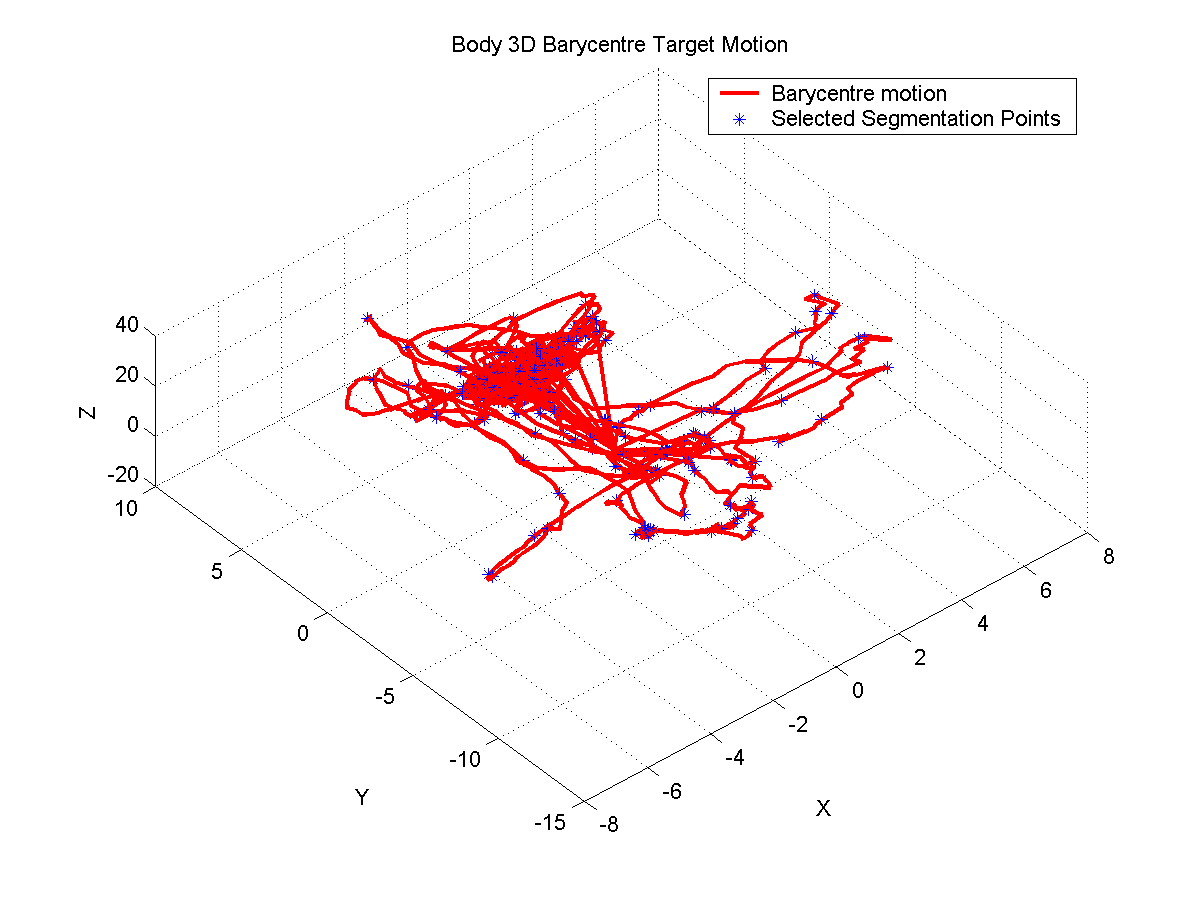
New Sound
